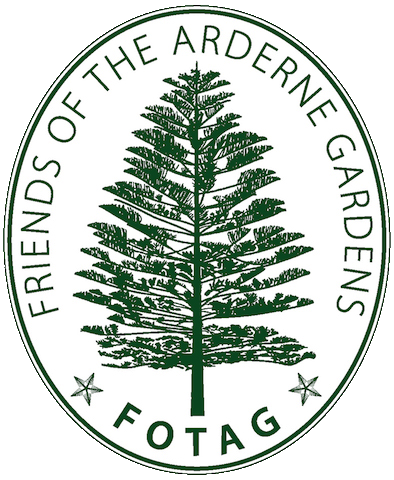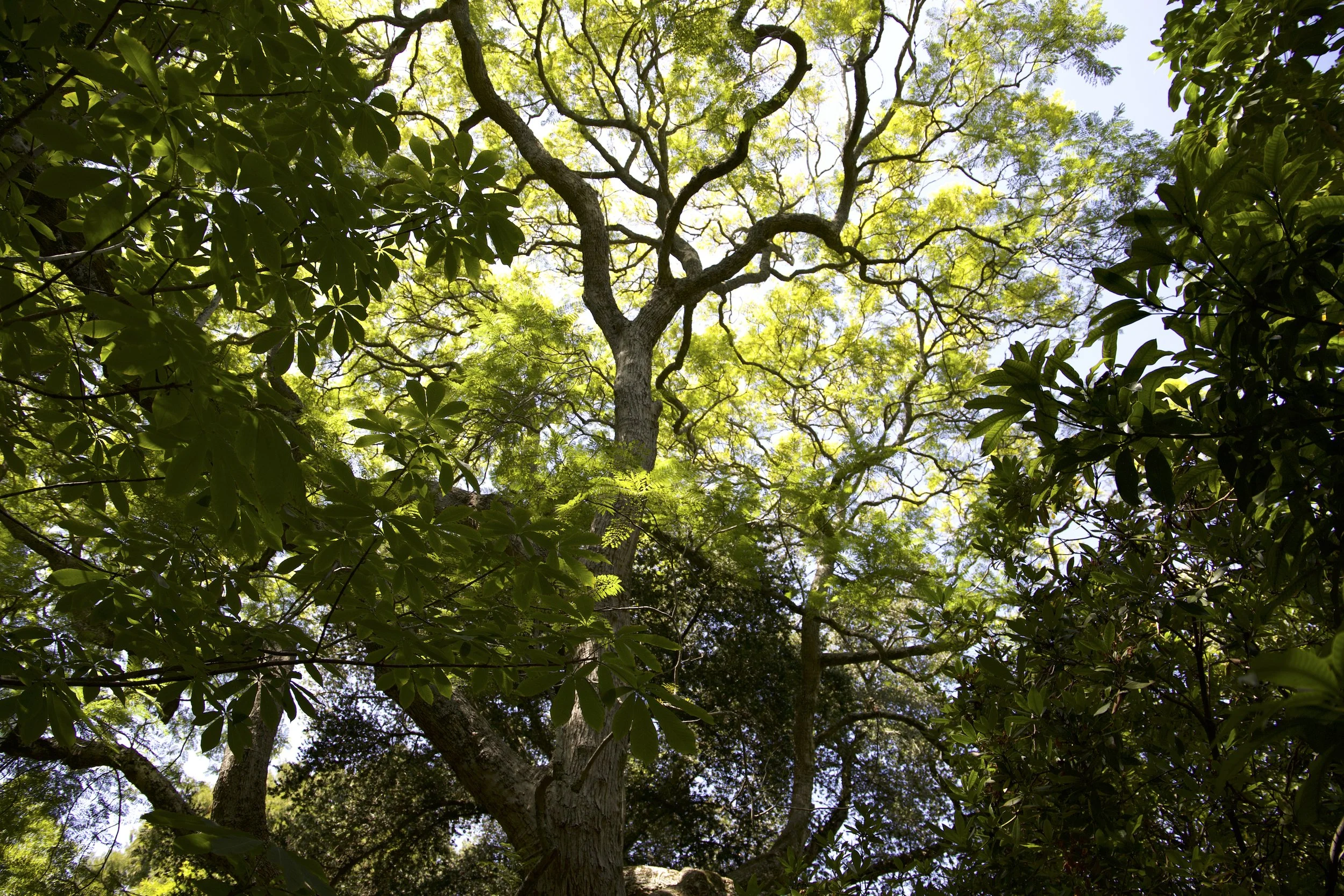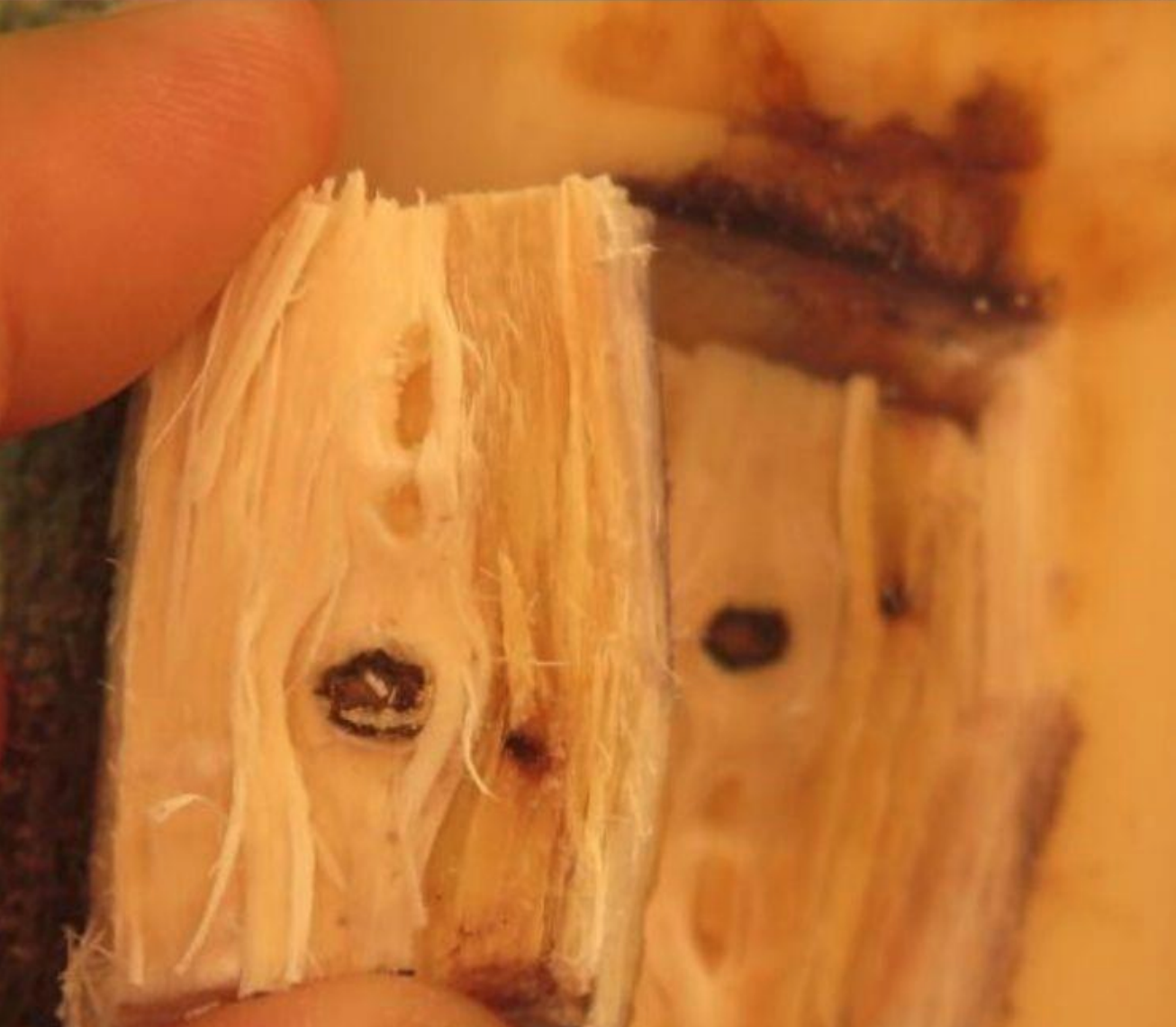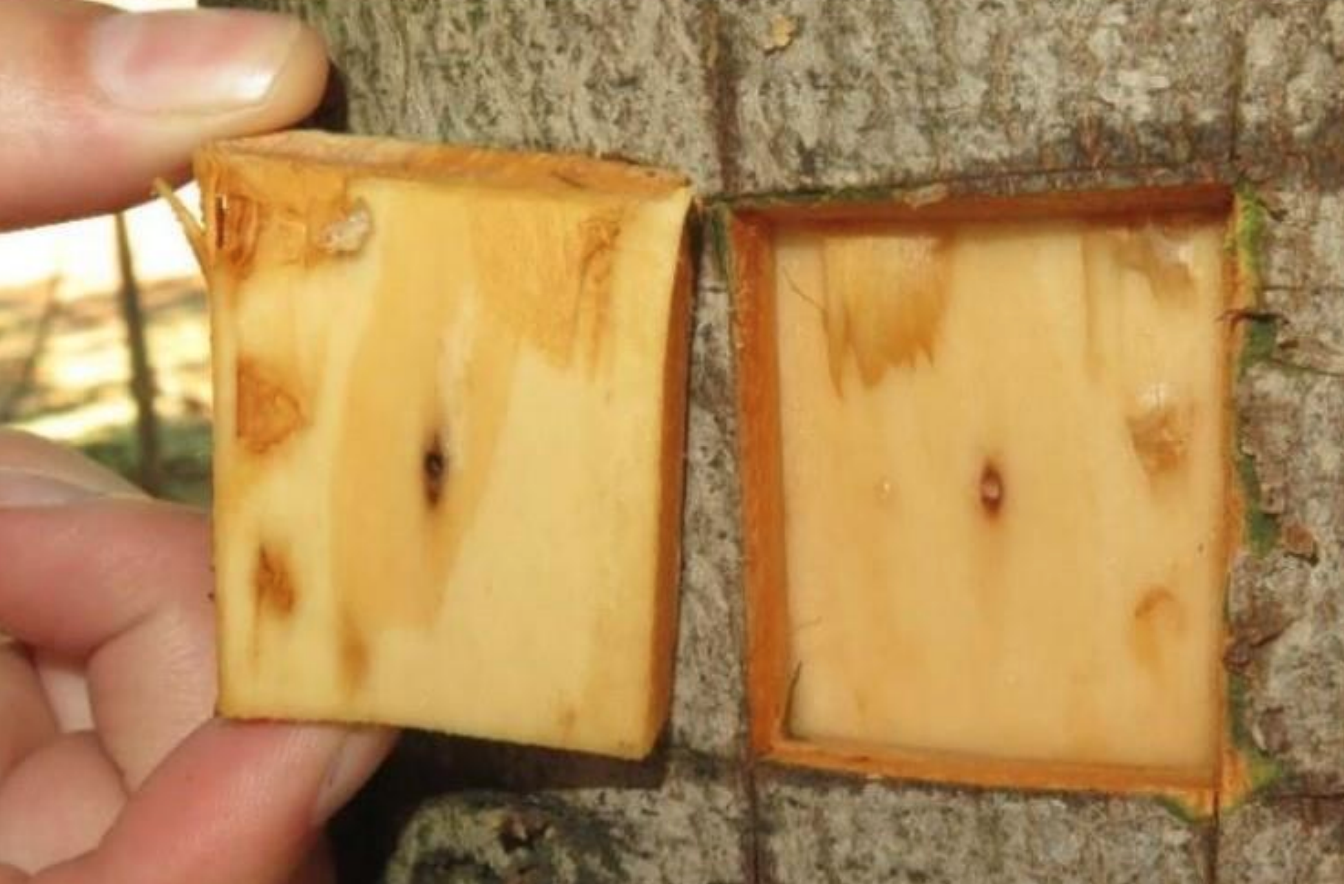The Friends of the Arderne Gardens are calling on our neighbors to help us fight the outbreak of the Polyphagous Shot-Hole Borer (PSHB) beetle in the Southern Suburbs.
LATEST NEWS
9 March 2023
Desperate drive to stop tree-killing beetle - Southern Suburbs Tatler
28 February 2023
Beetle pest training for businesses handling trees and plant material - City of Cape Town Media Release
Conservation group to help fight outbreak of tree-killing PSHB beetle - IOL
Arderne Gardens goes on the defensive as tree-killing beetle surrounds arboretum on all fronts - People’s Post
Arderne Gardens prepares itself for a borer beetle infestation - Cape Town ETC
26 February 2023
The latest statement from FOTAG’s Chairman - Arderne’s plan to fight PSHB
What is A Polyphagous Shot-Hole Borer (PSHB)?
Euwallacea fornicatus is a beetle native to Southeast Asia. The beetle attacks a wide range of plants by tunneling into tree trunks, stems and branches. The fungus which develops kills the host tree.
What species of trees are attacked by PSHB?
By a huge margin, box elders (Acer negundo), a common species of maple, is an amplifier of this disease. This is because the beetle far prefers it to other species. This facilitates increased attacks on neighbouring trees that are both reproductive and non reproductive. To see a full list of impacted tree species, review list published Forestry and Agricultural Biotechnology Institute (FABI) at the University of Pretoria here.
What does a pshb infection look like?
You can also review visuals from FABI here. You’ll want to look out for:
Entry-holes to the beetle tunnels. These will be round and less than 2mm wide.
The tree is exhibiting symptoms (unique to each species): dark, wet staining; thick gumming; streaks of white powder or fine sawdust coming from holes.
Noticeable dieback: Dead branches with wilting leaves may be a sign of infection.
Toothpick test
Take a chisel or knife and cut back the bark until sapwood around the borer entry point is exposed, 2.5 x 2.5cm or similar. One third of the way of the taper into Xylobours perforans. There is often a purple stain around the hole. This is an indigenous species that targets sick and stressed trees only. Two thirds of the taper inserted before it gets stuck is unfortunately PSHB/Euwlacea fornicates. All the way in is platyplodonae an indigenous lookalike.
How do I report A PSHB sighting?
Please contact City of Cape Town’s Invasive Species Unit on 021 444 2357 or use this online form.
The latest distribution of PSHB
How Is cape town fighting the spread of PSHB?
Per the City of Cape Town, by Friday, 24 February 2023, a total of 168 sightings of the pest were reported in Newlands, Rondebosch, Mowbray, Claremont, Kenilworth, and in Observatory along the Liesbeek River. The PSHB infestation in the Southern Suburbs of Cape Town cannot be stopped or contained with any treatment applied to trees. There are no licensed treatments for PSHB, nor any peer reviewed studies showing that any treatment is effective. The disease can, however, be slowed by the removal of PSHB breeding sites. The City of Cape Town will soon commence with the removal of infested trees on City-owned land – public open spaces, river corridors, green belts, road verges, and public parks - but are not allowed to assist with trees on private land.
What you Can do to save arderne’s trees
Francois Krige, Friends of the Arderne Gardens Chairman and owner of Krige Tree Services, shares the removal of impacted tree species from your property is the most effective step you can take to protect your other trees and your community’s trees.
Please don’t move firewood or plant material unless you are sure that it is not from an affected species. For example, eucalyptus (gum trees) are safe.
Reproductive host species should not be planted and existing specimens should be inspected regularly.
Affected species are trees that the beetle entered and failed to breed in. They can still be planted and are of least concern.
Tips for tree removal
The waste arising from tree removal should not be burnt; it should be chipped. Chipping kills most of the beetles.
Covering the chipping with black plastic will solarize and kill any remaining surviving beetles.
If the chipped material must be moved, it should be transported in a closed vehicle to an incinerator plant.







